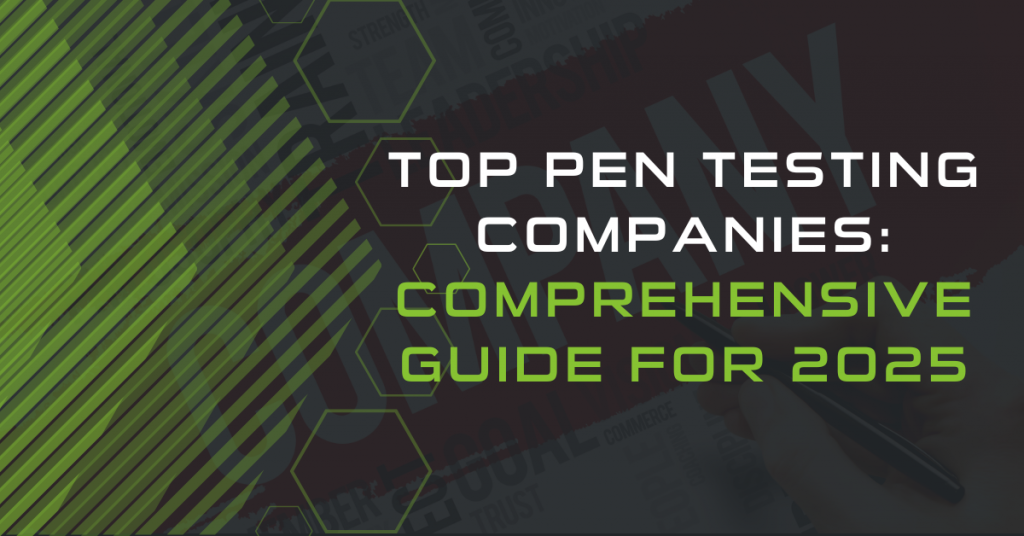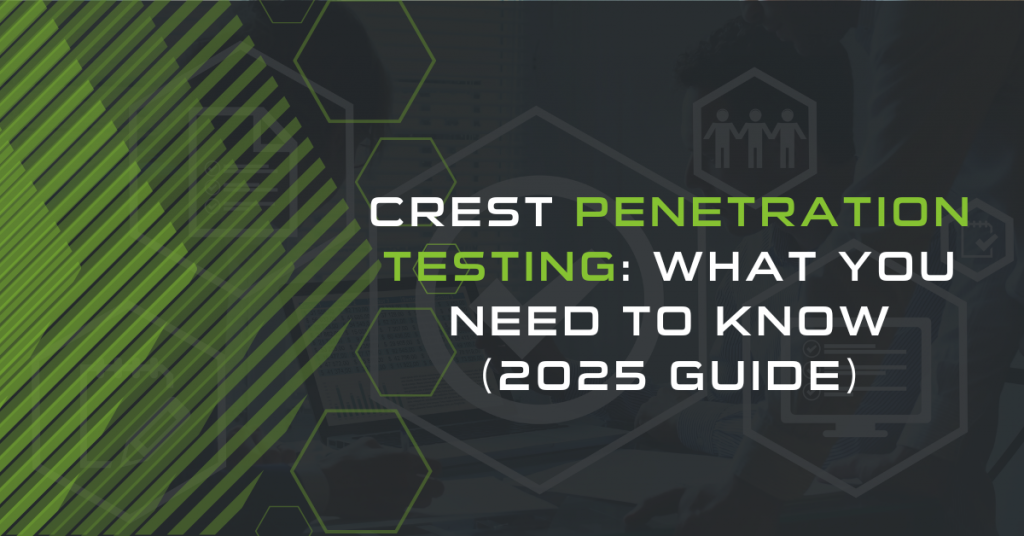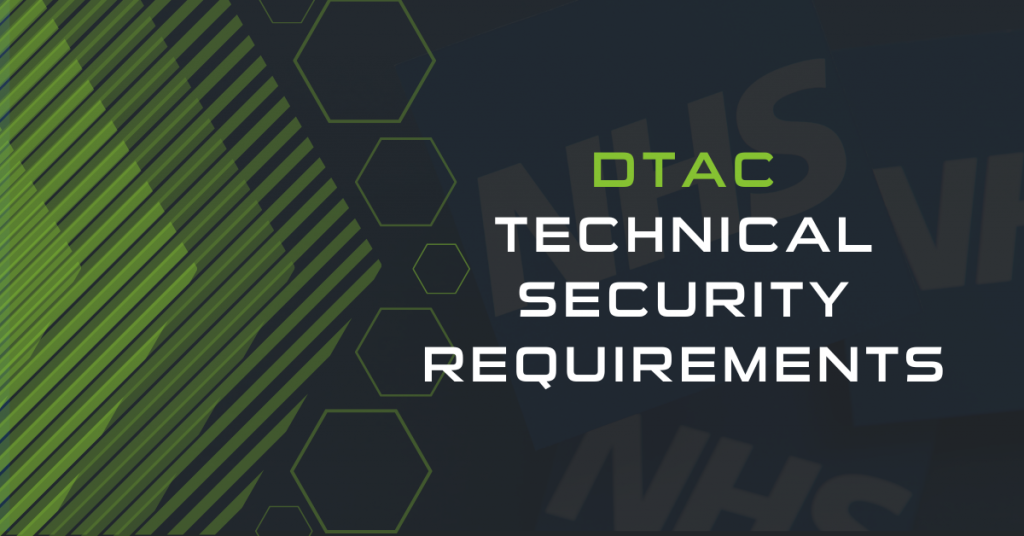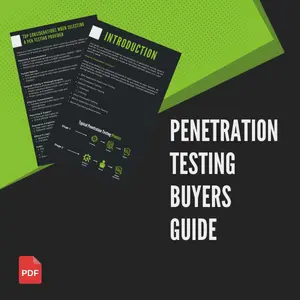What is Vulnerability Assessment and Penetration Testing?
Vulnerability Assessment and Penetration Testing (VAPT) is a comprehensive security testing process designed to identify, analyse, and address the vulnerabilities and threats in a given network or application. This dual testing mechanism involves two main components: vulnerability assessment—finding the system’s known vulnerabilities—and penetration testing, which can further exploit those vulnerabilities to measure the system’s defence capabilities.
Vulnerability Assessment and Penetration Testing are crucial in maintaining a strong security posture. They provide an in-depth view of an organisation’s potential risks, enabling it to mitigate them before a malicious actor exploits them.
Common VAPT Vulnerabilities Identified
Want to find out if your Digital Assets have these vulnerabilities?
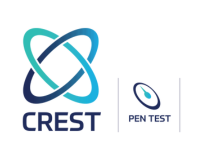
What does choosing a CREST provider mean?
Grey, Black and White Box Penetration Testing
Types of Vulnerability Assessment and Penetration Testing
VAPT encompasses several domains, each crucial for safeguarding different aspects of an organisation’s digital infrastructure. Here’s a deeper dive into the various types of VAPT that can be conducted
Web Penetration Testing
Protect your web applications from cyber threats. Our expert team identifies and mitigates vulnerabilities, ensuring your web assets remain secure and resilient against attacks
Network Penetration Testing
Safeguard your organisation’s network with our meticulous and comprehensive testing services. We leave no stone unturned in examining your network infrastructure to uncover and address vulnerabilities, providing robust protection against potential exploits.
Mobile Penetration Testing
Our structured testing approach ensures that your mobile applications are secure and reliable. Adhering to the highest industry standards, we meticulously examine your mobile apps for vulnerabilities, giving you peace of mind.
API Penetration Testing
Secure your data transmission with our focused API testing services. We evaluate your APIs for vulnerabilities, ensuring seamless and safe data exchanges between systems. Trust us to protect your data integrity and privacy.
What does VAPT include?
Benefits of Vulnerability Assessment and Penetration Testing
Our Vulnerability Assessment and Penetration Testing (VAPT) service provides more than just a security check—it’s a comprehensive evaluation designed to protect what matters most. Understanding your organisation’s unique vulnerabilities and challenges, we help you stay one step ahead of cyber threats. Here’s how VAPT testing can benefit your organisation:
Vulnerability Assessment and Penetration Testing Methodology
We begin by clearly defining the scope of testing. This includes identifying the specific systems, applications, and networks that will be tested, as well as establishing the appropriate testing methods and objectives. This stage ensures alignment with your organisation’s security objectives and compliance requirements.
In this phase, we perform comprehensive reconnaissance to identify and catalogue all assets within the defined scope. Our team gathers information about the network architecture, software versions, systems configurations, and available services, creating a detailed inventory for testing.
Our certified penetration testers utilise advanced tools and manual techniques to identify vulnerabilities within your digital assets systematically. This process includes scanning for known vulnerabilities, misconfigurations, and weaknesses outlined in recognised vulnerability databases and standards.
We simulate real-world cyber-attacks during exploitation by attempting to exploit identified vulnerabilities safely and ethically. This step validates whether the vulnerabilities can lead to unauthorised access or compromise, enabling us to assess the actual risk and impact.
Following the testing phases, we document our findings clearly and concisely in a detailed penetration testing report. Our reports include an executive summary, technical details of each vulnerability, evidence of successful exploits, and an impact assessment, all aligned with industry and regulatory standards. An example of a penetration test report is available; don’t hesitate to contact our team for further details.
Our final stage provides straightforward, actionable recommendations to address each identified vulnerability. We prioritise remediation advice based on severity and potential impact, ensuring your organisation can efficiently allocate resources to enhance security. Additionally, we offer free retesting to confirm that vulnerabilities have been adequately resolved.
Our commitment to the environment
We believe all companies should be taking the climate crisis seriously, this is why we make a donation every time someone purchases some services from us (10 Tonnes – Carbon Offsetting for your Business).
More information on MakeItWild can be found here.
Contact a consulting team member by phone, email, or pigeon post. We will then discuss whether we can help you and arrange a scoping meeting to discuss your requirements.
In the scoping meeting, our team will discuss your requirements in further detail. Our team will ask questions in regards to the following:
Our expert consultants will discuss and finalise which digital assets you need testing in the scoping meeting. Based on the requirements, we will then assemble a project proposal and quote and agree on a schedule for conducting the security assessment. Our proposal document will include the following information:
The Penetration Testing starts. A member of our Penetration Testing team will liaise with a member of your company throughout the entire testing process. You will be the first to know if we have any questions or concerns. Our testing team will be on hand throughout the penetration test lifecycle to answer any questions or concerns. Our tester will:
A Penetration Test is useless without a well-written report. Our reports are written in plain English, concise, and thoroughly documented. The Penetration Test Report is typically furnished within 5 days after the testing phase is complete. If you are interested in seeing an example report, please contact our team.
Each report details the following:
At Sencode, we offer free retesting for every Penetration Test we conduct. You fix the issues; then we will verify they can no longer be exploited by an attacker. Our team will arrange a mutually suitable time to conduct the retest, after the remediation efforts have taken place. Our tester will follow these steps:
Our clients receive a testing certificate that can be shared with partners and customers, showing that their company takes security seriously. The certificate and document are designed to be easily digested by third-party suppliers, the document removes the technical details and can be safely distributed.
The Security Testing Certificate is available on request, after the retest has been complete. The security certificate shows:
Get in touch for a consultation.
Contact a consulting team member by phone, email, or pigeon post. We will then discuss whether we can help you and arrange a scoping meeting to discuss your requirements.
In the scoping meeting, our team will discuss your requirements in further detail. Our team will ask questions in regards to the following:
Testimonials
Huler
Trinity College Dublin
Diversity and Ability
Verve Group
Pip Studios
Home Group







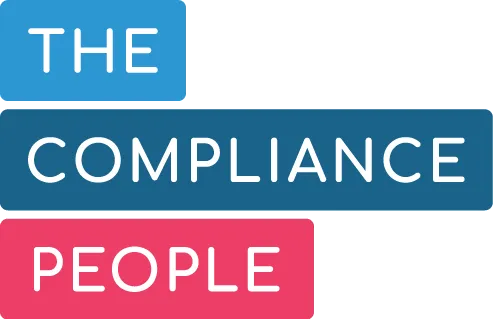

Frequently Asked Questions: Vulnerability Assessment and Penetration Testing
VAPT is often required to ensure compliance with various regulatory frameworks and standards. Different industries and regions have specific regulations, such as the General Data Protection Regulation (GDPR) in Europe, the Health Insurance Portability and Accountability Act (HIPAA) in the USA, and the Payment Card Industry Data Security Standard (PCI DSS) globally, which mandate regular security assessments to safeguard sensitive data. VAPT testing ensures compliance with regulations and forms a robust security posture against threats.
VAPT testing becomes imperative in various scenarios, particularly when organisations seek to safeguard their digital assets, networks, and data from cyber threats. It is essential:
When launching a new website or application, ensure it is secure from known vulnerabilities.
Before implementing a new network infrastructure.
To comply with regulatory mandates related to data protection and privacy, such as GDPR or HIPAA.
When the organisation has faced a recent cyber attack to identify and rectify vulnerabilities.
To safeguard customer data and uphold organisational reputation by ensuring robust cybersecurity practices.





